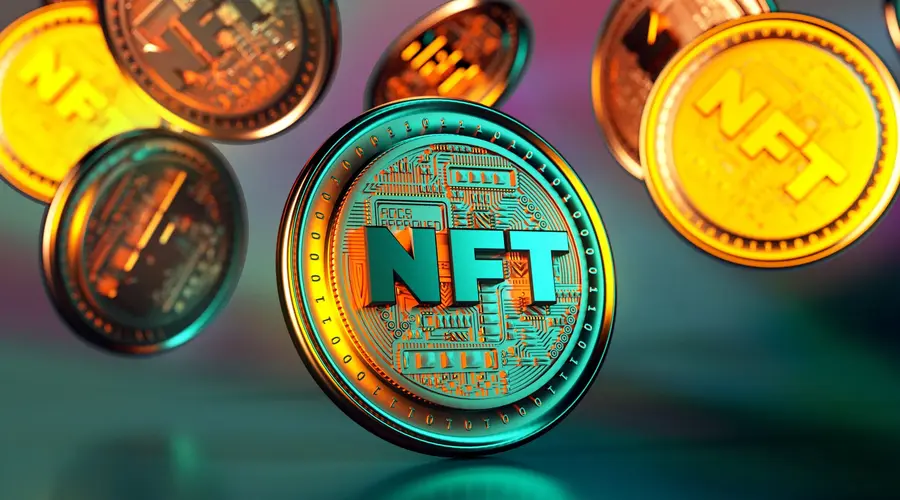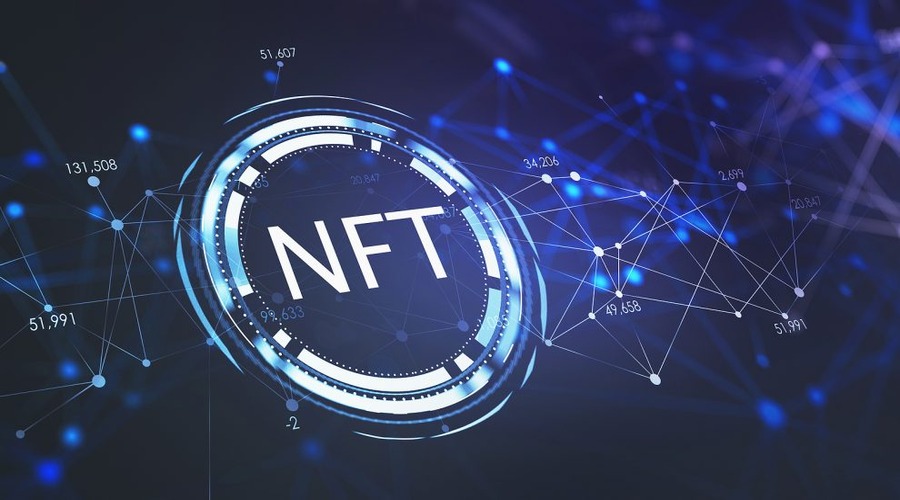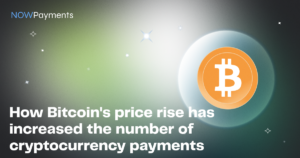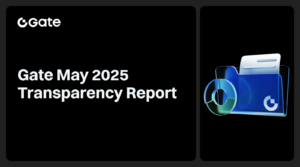Introduction to NFT Collectibles: Understanding the Value of NFTs

Introduction to NFT Collectibles: Understanding the Value of NFTs
In recent years, Non-Fungible Tokens (NFTs) have taken the digital world by storm. From artwork to music, videos to virtual real estate, NFTs have become a popular means of buying, selling, and trading unique digital assets. But what exactly are NFTs, and why do they hold value? In this blog post, we will provide an introduction to NFT collectibles, explore their characteristics, and delve into the factors that contribute to their value
What are NFTs?
Non-Fungible Tokens (NFTs) are unique digital assets that represent ownership or proof of authenticity of a specific item or piece of content, such as artwork, collectibles, music, videos, or virtual real estate, on a blockchain. Unlike cryptocurrencies like Bitcoin or Ethereum, which are fungible and can be exchanged on a one-to-one basis, NFTs are indivisible and cannot be exchanged on a like-for-like basis.
NFTs utilize blockchain technology to establish provable scarcity, immutability, and ownership. Each NFT is assigned a unique identifier, recorded on the blockchain, and can be bought, sold, or traded on various online marketplaces. The ownership and transaction history of NFTs are permanently stored on the blockchain, providing transparent and verifiable proof of ownership.
NFTs are cryptographic tokens that represent ownership or proof of authenticity of a unique item or piece of digital content. Unlike cryptocurrencies such as Bitcoin or Ethereum, which are fungible and can be exchanged on a one-to-one basis, NFTs are indivisible and irreplaceable. Each NFT has a distinct value and cannot be exchanged on a like-for-like basis.
NFTs are built on blockchain technology, usually utilizing Ethereum’s blockchain, which provides transparency, security, and immutability. Every NFT has a unique identifier that is stored on the blockchain, verifying its authenticity and ownership.
Understanding the Value of NFTs
The value of NFTs is derived from a combination of factors, including scarcity, uniqueness, authenticity, and the perception of value by collectors and enthusiasts. Let’s explore these factors in more detail:
- Scarcity: Scarcity plays a crucial role in determining the value of NFTs. Many NFTs are part of limited editions, meaning there is a finite number of copies available. The scarcity of an NFT can increase its desirability and value, as collectors seek to own something that is rare and exclusive. NFTs derive their value from being unique and scarce. Each NFT represents a specific digital asset, and its limited availability makes it desirable for collectors. The concept of digital scarcity, enabled by blockchain technology, adds a layer of authenticity and exclusivity to NFTs.
- Uniqueness: NFTs represent digital assets that are one-of-a-kind or part of a limited collection. Each NFT is distinct, with its own set of attributes, metadata, and provenance. This uniqueness contributes to the value of an NFT, as it provides a sense of ownership over something that cannot be replicated or duplicated.
- Authenticity and Proof of Ownership: NFTs provide proof of ownership and authenticity, thanks to the underlying blockchain technology. The blockchain serves as a public ledger, recording every transaction and verifying the legitimacy of each NFT. This transparency and traceability add value by ensuring that an NFT is an original work and owned by the rightful creator or collector. NFTs provide irrefutable proof of ownership and authenticity. The blockchain records the ownership history and ensures transparency, making it difficult to counterfeit or duplicate NFTs. This provable ownership adds value, particularly for digital artists, musicians, and creators who can monetize their work directly and establish a direct connection with collectors.
- Cultural and Artistic Value: NFTs have opened up new possibilities for artists, musicians, and creators to monetize their digital creations. The value of NFTs in the art world, for example, extends beyond the physical limitations of traditional artworks. NFTs offer artists the opportunity to showcase their work to a global audience, engage directly with collectors, and receive royalties from secondary sales. The cultural and artistic value associated with NFTs can significantly impact their perceived worth. NFTs can hold cultural and social significance, representing digital art, memes, moments, or historic events. The value is driven by the emotional connection and cultural impact associated with the digital asset. Collectors are willing to pay for unique digital items that have become part of the zeitgeist or hold personal meaning.
- Celebrity and Influencer Endorsement: The involvement of celebrities, influencers, and prominent figures in the adoption and promotion of NFTs can influence their value. When a well-known individual releases an NFT or endorses a specific project, it can create hype, increase demand, and drive up prices. NFTs associated with renowned artists, celebrities, or notable brands tend to attract attention and command higher values. Celebrity endorsements and media coverage create hype and increase demand for NFTs, often resulting in elevated prices during auctions or sales.
- Utility and Interoperability: Some NFTs offer utility and functionality beyond their collectible value. They can grant access to exclusive content, virtual experiences, or in-game assets. NFTs that provide real-world utility or integrate with other platforms and ecosystems can attract a broader audience and hold higher value. Some NFTs have utility beyond their visual representation. They can grant access to exclusive content, virtual experiences, or participation in online communities. These additional features enhance the value proposition for collectors, as they offer tangible benefits alongside ownership.

The NFT Market and Trends
The NFT market has experienced explosive growth in recent years, with high-profile sales making headlines. From digital artworks selling for millions of dollars to virtual land parcels being traded for substantial sums, the market for NFTs has captured the attention of investors, collectors, and enthusiasts worldwide.
he NFT market has seen explosive growth in recent years, with record-breaking sales and increasing mainstream adoption. High-profile sales of digital artwork, collectibles, and virtual assets have garnered significant media attention, driving more attention and investment into the space.
As with any emerging market, trends and dynamics can shift rapidly. Some notable trends in the NFT space include:
- Art and Collectibles: Artworks and collectibles are among the most popular NFT categories. Artists, both established and emerging, have embraced NFTs as a way to showcase and sell their digital creations directly to a global audience. The concept of owning a unique digital piece of art has resonated with collectors, resulting in significant sales and growing interest in the art community.
- Gaming and Virtual Worlds: NFTs have found a natural fit within the gaming and virtual world ecosystems. Players can own and trade in-game assets as NFTs, creating new possibilities for ownership and value creation. Virtual worlds and metaverses have emerged as platforms where users can buy, sell, and trade virtual land, avatars, and other digital items, often utilizing NFTs as the underlying technology.
- Music and Entertainment: NFTs have also made their way into the music and entertainment industries. Musicians can release limited-edition albums, concert tickets, or backstage passes as NFTs, providing fans with unique experiences and opportunities. NFTs offer new revenue streams for artists and enable direct engagement with their audience.
- Tokenization of Real-World Assets: NFTs have the potential to tokenize real-world assets, such as real estate, luxury goods, or intellectual property. This tokenization allows for fractional ownership, increased liquidity, and new investment opportunities. The tokenization of physical assets expands the scope of NFTs beyond the digital realm, creating a bridge between the traditional and digital economies.
Conclusion
NFTs have revolutionized the concept of digital ownership, providing a new way to buy, sell, and trade unique digital assets. The value of NFTs stems from their scarcity, uniqueness, authenticity, cultural and artistic value, and utility. The NFT market is dynamic and continues to evolve, with new trends and use cases emerging regularly.
As the world becomes more interconnected and digital, NFTs offer exciting possibilities for creators, collectors, and investors. Whether you’re a passionate art enthusiast, a gaming aficionado, or simply curious about the future of digital ownership, exploring the world of NFT collectibles can be a captivating journey.
FAQs
- Can anyone create an NFT? Yes, anyone can create an NFT. However, the value and market reception of an NFT depend on factors such as the quality of the digital asset, the reputation of the creator, and the demand for the item.
- Can NFTs be resold? Yes, NFTs can be resold. In fact, many NFT marketplaces facilitate secondary sales, allowing collectors to buy and sell NFTs on the open market. Creators often receive royalties from these secondary sales, providing ongoing revenue.
- Are NFTs only for digital art? No, NFTs can represent a wide range of digital assets, including music, videos, virtual real estate, virtual goods in games, and more. The versatility of NFTs allows for their application in various industries.
- Are NFTs environmentally friendly? The energy consumption associated with blockchain technology, including the Ethereum network used for many NFTs, has raised concerns about environmental impact. Efforts are being made to develop more sustainable blockchain solutions and reduce the carbon footprint.
- How do I purchase an NFT? To purchase an NFT, you typically need to create an account on a compatible NFT marketplace, connect a digital wallet, and have cryptocurrency (usually Ethereum) to make the purchase. Each marketplace has its own process and requirements for buying NFTs.

I have been in the industry for over 5 years. I know all the latest news and what is going on with different coins. I write about Bitcoin, Ethereum, Litecoin, and more.







